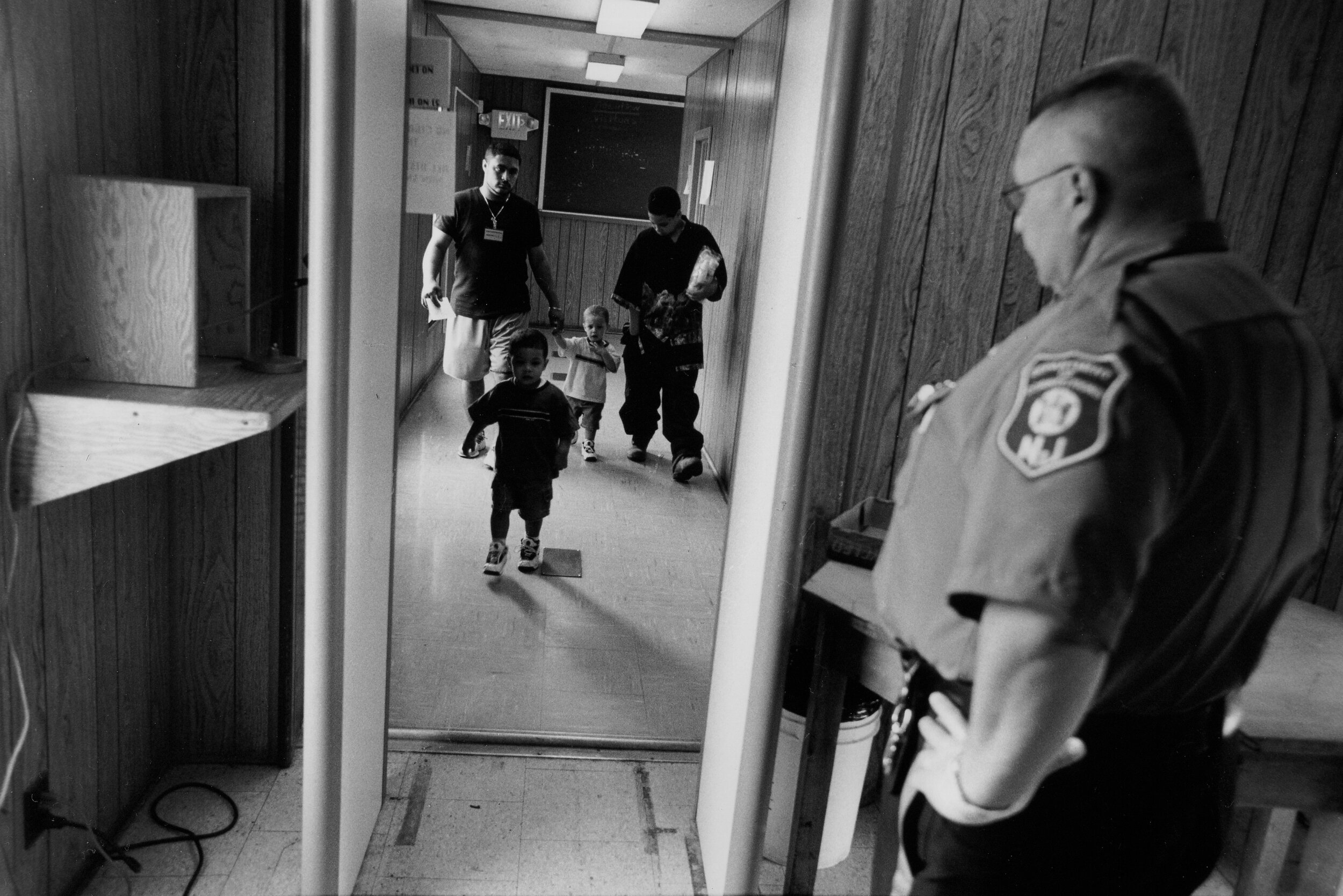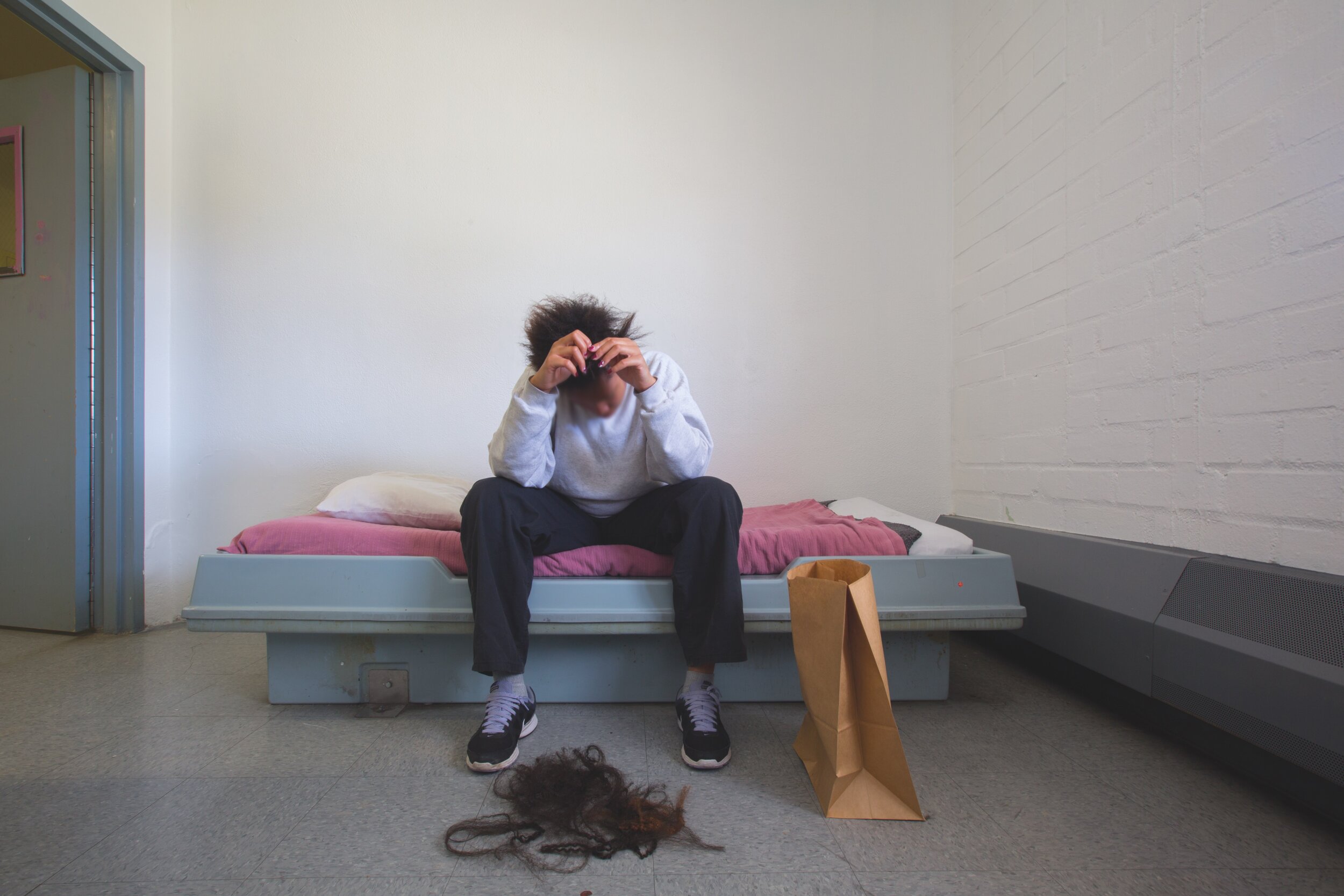Susan Kigula in Luzira Women’s Prison, 2013
HOW A WOMAN ON DEATH ROW CHANGED THE UGANDA LEGAL SYSTEM
Words and Photos by Jan Banning
Susan Kigula was sentenced to death in Uganda in 2002. Over the years, artist and photographer Jan Banning befriended her. Here, he tells the story of Susan’s indomitable spirit and how it changed a nation.
It's July 9, 2000. It’s the middle of the night. According to 21-year-old shopkeeper Susan’s statement, she woke up from a sudden blow to the neck and found that she was bleeding heavily from a deep cut. Next to her, her husband, Constantino Sseremba, was coughing up blood and lethally injured. Their housekeeper, Patience, later testified that she had seen two men running out of the flat.
Three days later, Susan and Patience were arrested. Herbert, Constantino’s son from an earlier relationship, had given a statement in which he accused them of murdering his father. Susan herself claims that her in-laws, with whom she had a troublesome relationship, played a dark part in what happened.
The key witness was three years old at the time of the murder. Two years later, in a courtroom in the Ugandan capital, Kampala, the five-year-old toddler stated that his stepmother, Susan, had cut her husband’s throat with a machete while their housekeeper, Patience, held his legs.
Susan was tried without a lawyer—she couldn’t afford one—and was found guilty of murder on September 11, 2002. In Uganda, murderers were automatically sentenced to death, and the judge had no choice but to apply the country’s standard execution method: the gallows.
Susan has always passionately claimed to be innocent, and in the years since, became Uganda’s most famous prisoner as she led a case, alongside 417 others, against the State of Uganda. Supported by the Death Penalty Project, she demanded some radical amendments of the law, including the abolition of the death penalty.
THE FIGHT FOR JUSTICE BEGINS
I discovered Susan Kigula’s story in 2010 as I prepared for my first trip to Uganda and my Law & Order project: a photographic study of criminal law in four different countries.
Upon arrival in Kampala, I requested the bulky collection of procedural documents, expecting they would confirm my impression of lousy criminal justice. However, once I went through all the files, I found myself, much to my surprise, seriously doubting that preconception—after seeing the evidence that had been presented in the courtroom, I might have judged her as guilty myself. But at the same time, it was strange that there was no mention of a possible motive or any evidence that suggested marital struggles. Later, it became clear that no exculpatory evidence had ever been presented.
Susan Kigula was imprisoned in the women’s section of Luzira Prison, on the outskirts of the Ugandan capital, Kampala. After reading all those procedural documents, I wanted to meet her in the flesh, and I was surprised by how easy it was to get permission. Susan turned out to be a bright, intelligent and warm woman, and we felt an immediate connection. In 2008, after Susan had heard that secondary education was available in the men’s section of Luzira Prison, she managed to establish her own school in the women’s prison. The open-minded head of the Ugandan prison system, Johnson Byabashaija, supported her: “I want to transform our prisons from penal institutions to corrective institutions,” he said.
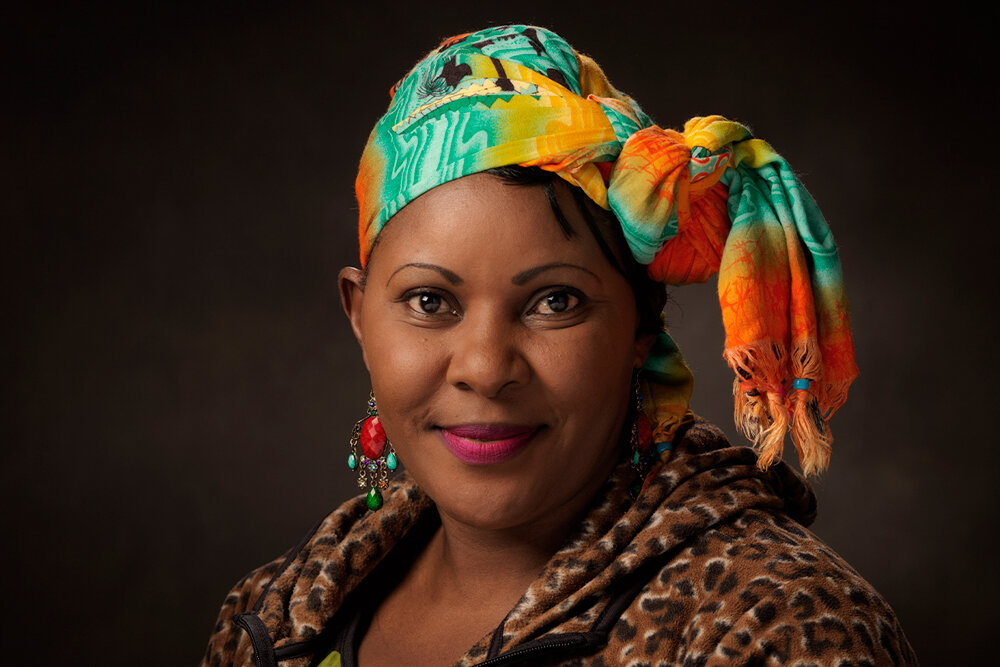
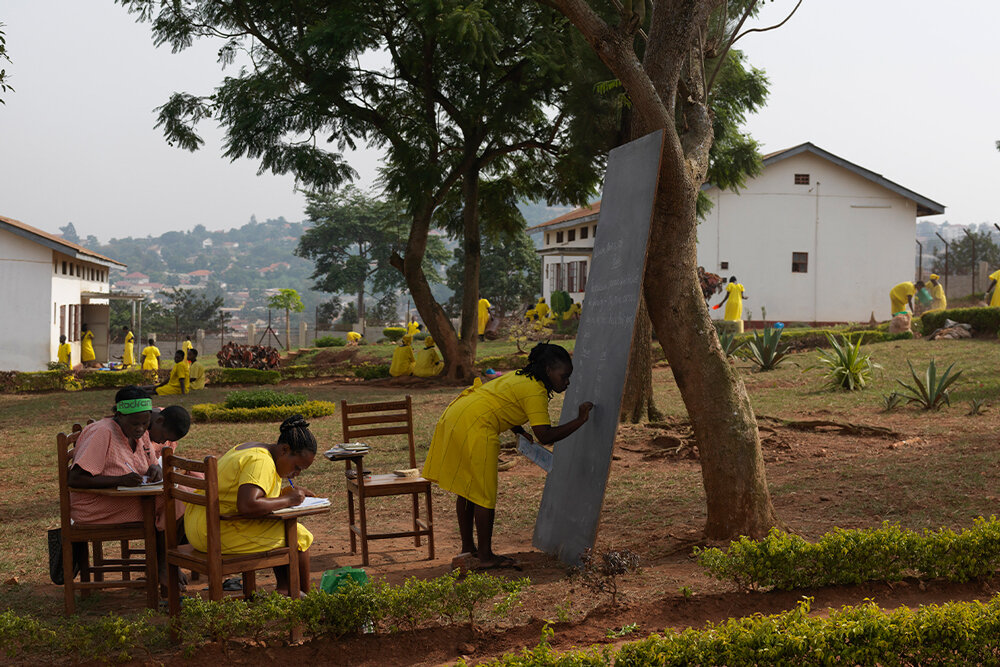

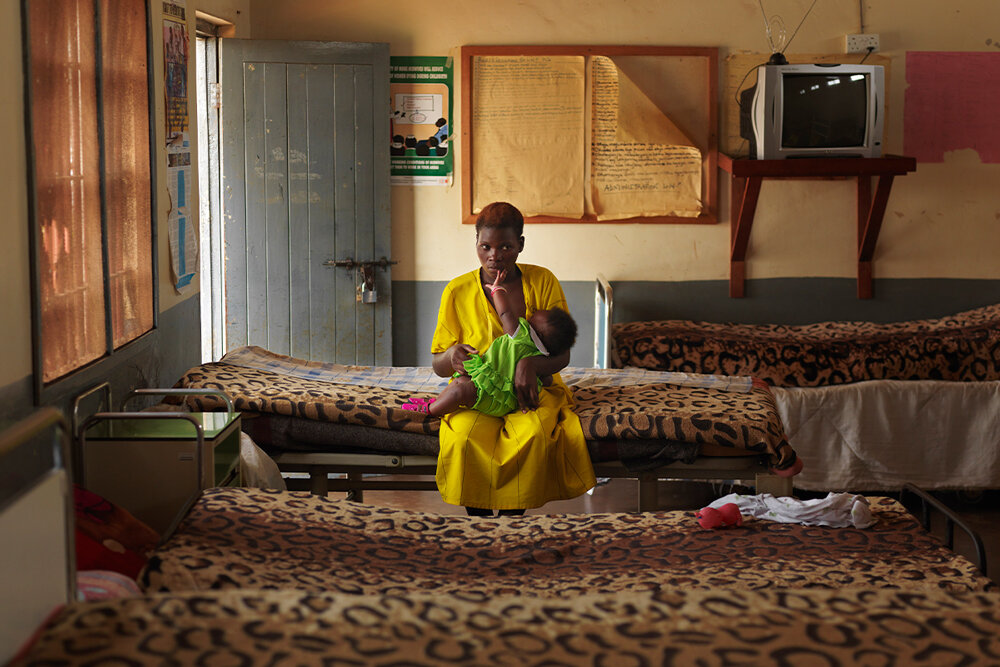
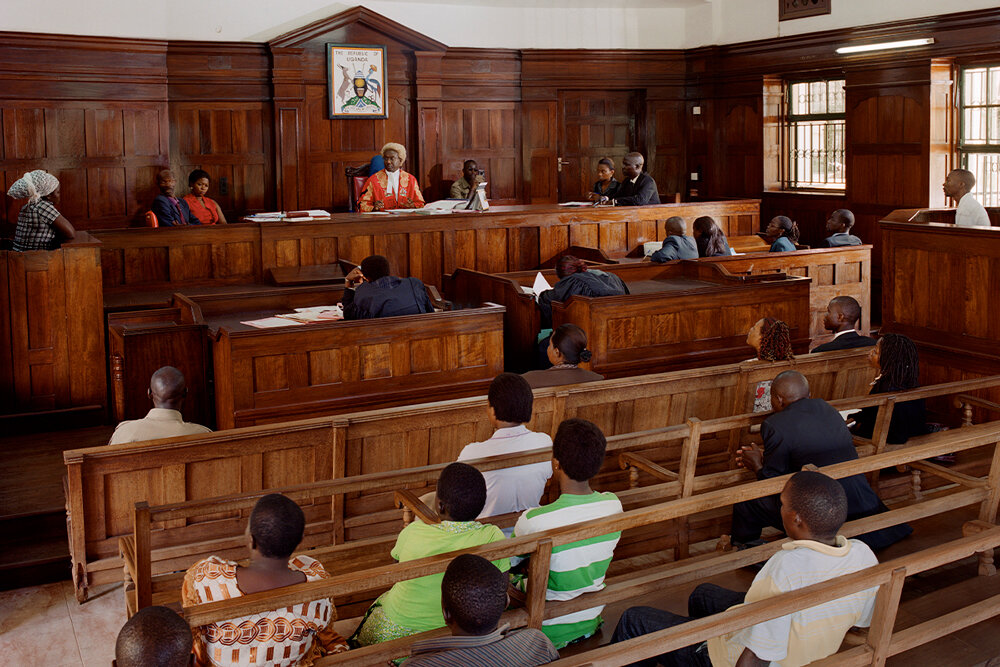
She received course books from family members and from the men’s prison, and with four others she started studying under a tree. One year later, all five students passed the final exams of secondary school, after which they continued to teach others.
After this, Susan met a British lawyer, Alexander McLean, who had committed himself to improve conditions in Ugandan prisons. He convinced her to start studying law and made it possible for her to start a correspondence study at the University of London in 2011. She was the only female prisoner in Uganda that participated in academic education, and soon found herself aiding other prisoners—as well as guards—with legal advice.
Meanwhile, her case against the State of Uganda continued, and on January 21, 2009, the Supreme Court made its decision public: the death sentence would not be abolished. However, the Court also ruled that keeping prisoners on Death Row for an indefinite number of years was a manner of torture; that a death sentence would automatically be converted to a life sentence after three years on Death Row; and that the death sentence was no longer mandatory if found guilty of murder.
Thanks to Susan’s initiative, hundreds of court cases involving prisoners with a death sentence were reevaluated and judges were able to, retroactively, take mitigating circumstances into account. As a result, almost all of the prisoners the ruling affected have been released after their death sentences were converted to life sentences which, in Uganda, until recently, meant 20 years. The case also had international implications as it played an important part in the abolishment of the mandatory death sentence for murder in neighboring Kenya.
On November 11, 2011, a few months before we would meet for the first time, Susan Kigula found herself in front of a judge once again. Her sentence was reduced to twenty years. Her housekeeper, Patience, got sixteen.
“I want to come out of here like an educated woman, so I will be able to fight for the rights of the underprivileged.”
When I returned to the women’s prison in 2013, I found Susan with a stack of books at a table in a quiet corner. Her mood was great, her studies were going well, and in three years she expected to be released early thanks to her good behavior. After that, she wanted to commit herself to improving human rights: “A lot of people end up in prison because they cannot pay a lawyer. I want to come out of here like an educated woman, so I will be able to fight for the rights of the underprivileged.”
FREE, AND STILL FIGHING
On April 27, 2016, early in the morning, I found an email in my inbox: “Hi, Jan, this is Susan Kigula. I am out of prison and I decided to contact you.”
On a rainy morning in January, after sixteen years in prison, a female guard escorted Susan to the exit, sheltering her from the rain with an umbrella. A few months later she returned to Luzira prison—but only in order to receive her undergraduate degree as one of her two fellow students was still in prison.
Now 40 years old, Susan works for the African Prisons Project, founded by McLean. She gives passionate lectures around the world about hope, individual growth and the death penalty, and is working on the world’s first solicitor’s office ran entirely from behind bars to enable imprisoned lawyers to help poverty-stricken fellow prisoners with legal aid.
Jan Banning is a Dutch visual artist, born in the Netherlands to Dutch-East-Indies parents. He studied social and economic history at the Radboud University Nijmegen, and has been working as a photographer since1981. Banning’s work has a social focus, with the socio-political environment placed at the fore, often covering subjects such as state power, the consequences of war, and criminal justice. janbanning.com


